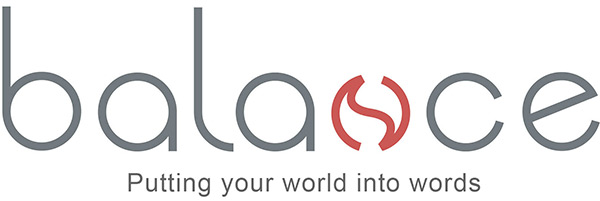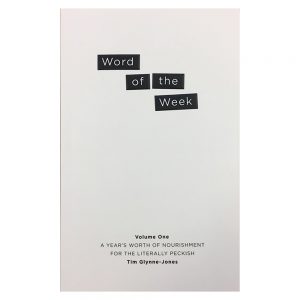Do you ever wonder why people in photographs from the Victorian era never seem to be smiling? It could have something to do with scurvy, of course, but the most likely answer is to do with the word “cheese”.
We all know that “cheese” is the ideal word for forming the face into a smile for the camera but back in the early years of the last century it was a very different story. The word photographers used to prompt their subjects to pose appropriately was not “cheese” but “prunes”.
Yes, prunes.
Why? Try saying it and you’ll see. “Prunes” forces the face into an expression of haughty insouciance, which was very much the order of the day.
All that changed between the wars (when people knew only too well the sort of trouble that haughty insouciance could lead to) and looking happy became fashionable. In the 1930s, the invention of the reflex camera triggered a boom in the photography business and by the mid 1940s professional snappers were beginning to tell their subjects to “say cheese”.
There is no hard evidence as to who first hit upon this idea but one of the earliest recorded references, in The Big Spring Herald of Big Spring, Texas, in 1943, hints that it might have been none other than US President Franklin D. Roosevelt. The paper reports US Ambassador Joseph E. Davies as saying, “Just say ‘cheese’. It’s an automatic smile. I learned that from a politician.” Mr Davies chuckled and added. “An astute politician, a very great politician. But, of course, I cannot tell you who he was…” The greatest politician Davies served under was Roosevelt, henceforth to be known as “The Big Cheese”.
This dairy based snippet was churned up while researching The British on Holiday (Arcturus Publishing), due for publication later this year. Look out for it in all good garden centres and National Trust gift shops.


